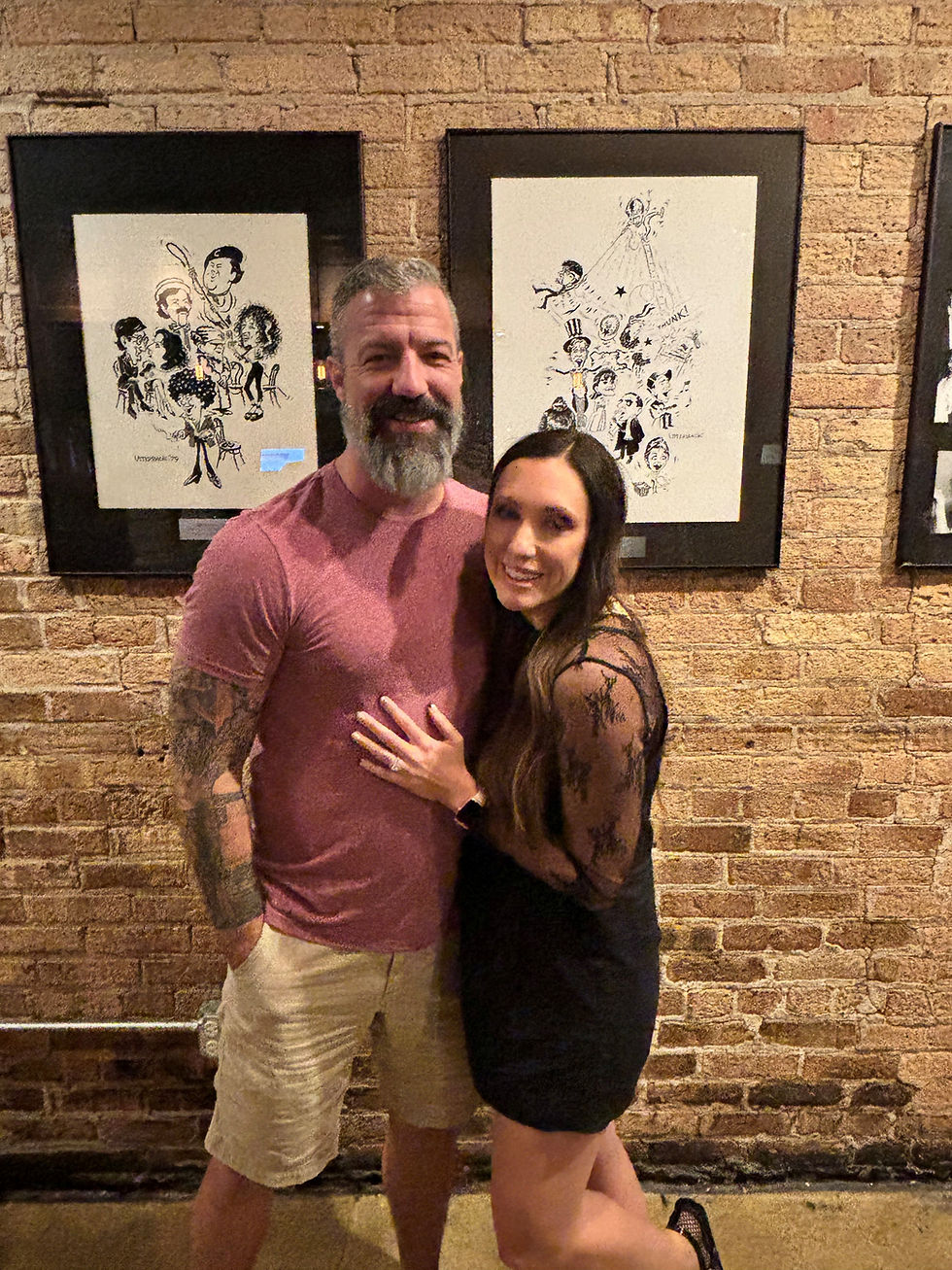Tactical Mindset for Dispatch: Resiliency Starts in the Chair
- Jenna Bitsko
- Jun 19
- 3 min read

On the Bitsko Consulting blog, I’ve focused heavily on first responders and the challenges they face, both tactically and mentally. I spent most of my career in operational roles until I was asked to create a wellness bureau for the Las Vegas Metropolitan Police Department. That career shift gave me a new perspective, especially when I started working more closely with dispatchers, beyond just hearing their voices on the radio.
Being a dispatcher is a critical job, and it can be incredibly difficult.
Back in the early 2000s, when I was a street cop, our Mobile Data Terminals (MDTs) looked a lot different than they do today. Now, when you stop a vehicle, the system automatically runs both the license plate and the registered owner for potential “hot hits” such as stolen vehicles or outstanding warrants. But it didn’t work that way when I was on patrol. The plate would be checked, but the registered owner wouldn’t be, unless the officer manually entered that information after making contact.
I remember one stop clearly. It was around 2:00 AM, and I pulled over a speeding car. I was alone and called out the stop over the radio. As I walked up to the vehicle, my dispatcher called me back on the radio and asked if I was “clear information.” That meant she had something to tell me but didn’t want the suspect to hear.
I paused, replied “go ahead,” and she told me she had manually run the registered owner when I called out the stop. He was wanted for armed robbery with a firearm.
That hit hadn’t shown up when I ran the plate. I wouldn’t have seen it unless I had the time to manually run the owner’s info, which I didn’t, at least not before approaching the car.
I called for backup, and we had the driver step out. He turned out to be the subject of the warrant, and there was a firearm under the driver’s seat.
I still think about how differently that situation could have played out if I hadn’t had that critical information in time. After the arrest, I called the dispatcher to thank her. She told me that when she had the time, she would always try to run the registered owner for officers making stops, especially if they were working alone.
Today, that kind of information is pulled automatically, which is a huge advancement in officer safety. But it is also a reminder that dispatchers are a vital part of the team.
In my last blog post, I talked about how officers can project calm during critical incidents. You can read it here.
But dispatchers and 911 operators can also bring calm to chaotic situations, often through nothing more than the tone of their voice.
A calm, steady voice on the other end of the line can slow down a panicked caller’s breathing and help them follow instructions. Dispatchers often guide people through CPR, active shooter protocols, or medical emergencies before help arrives. They can de-escalate by keeping a caller focused on simple steps like “Stay with me,” “Take a deep breath,” or “Tell me exactly what you see.” They manage chaos from behind a screen, keeping officers informed and callers grounded, sometimes holding both ends of a crisis together at once.
So how do we ensure all dispatchers can calm the chaos? How do we effectively train dispatch for chaos the way we train officers?
Scenario training shouldn’t just be for cops. Most dispatch centers I’ve worked with are severely understaffed. It’s a stressful job, and retention is a real issue. Agencies need to ensure dispatchers and 911 operators are getting regular, high-quality training to keep their skills sharp.
Resilience training and wellness resources should be available to everyone in the department, not just sworn officers. Supporting mental health keeps dispatchers sharp and helps with retention.
Regular quality assurance reviews on both 911 calls and critical incidents should include dispatch. These reviews aren’t just about accountability. The real value is in how agencies use that feedback to improve training, close gaps, and support the people doing the job.
Dispatchers are often the first to hear the chaos and the last to be recognized for how they manage it. On top of that, they rarely get closure on the dozens of calls that they handle each night.
Their role is essential to both public safety and officer safety. If we want them to perform at a high level under pressure, we need to invest in their training, support their mental health, and include them in the same conversations we have about resilience and readiness. They are not just a voice on the radio, they are a lifeline.




Comments